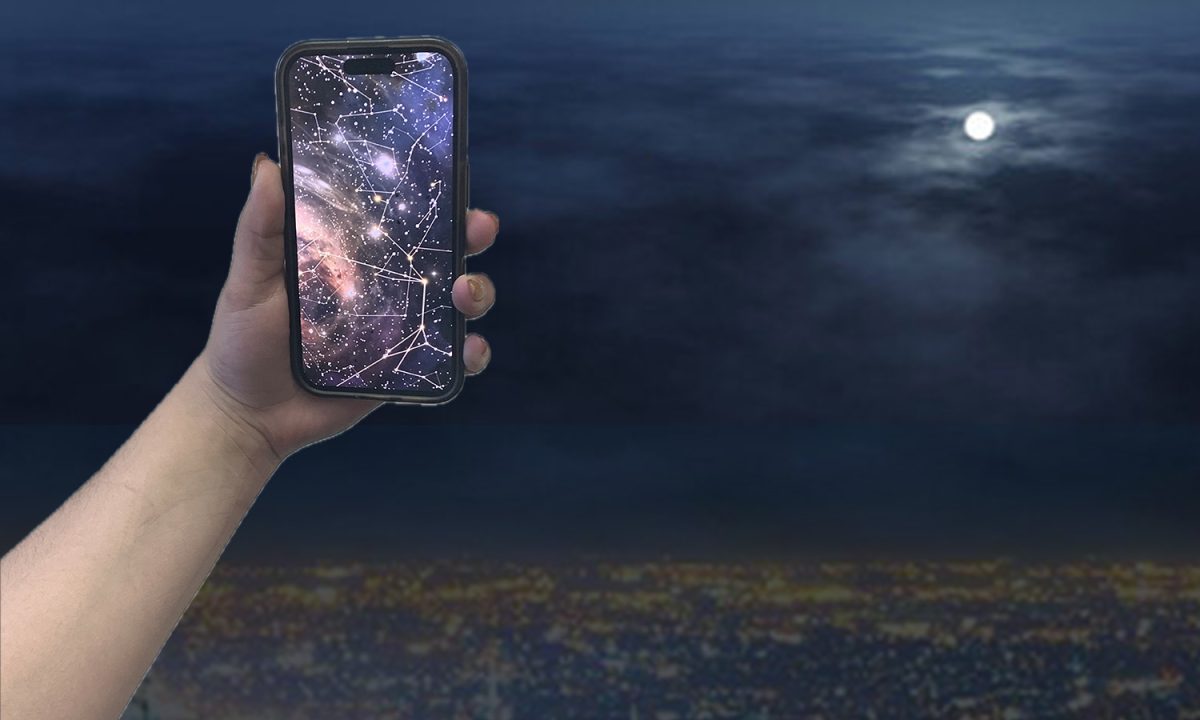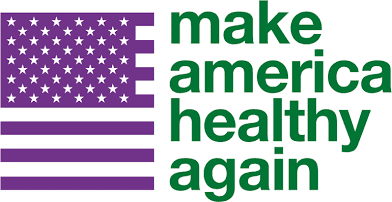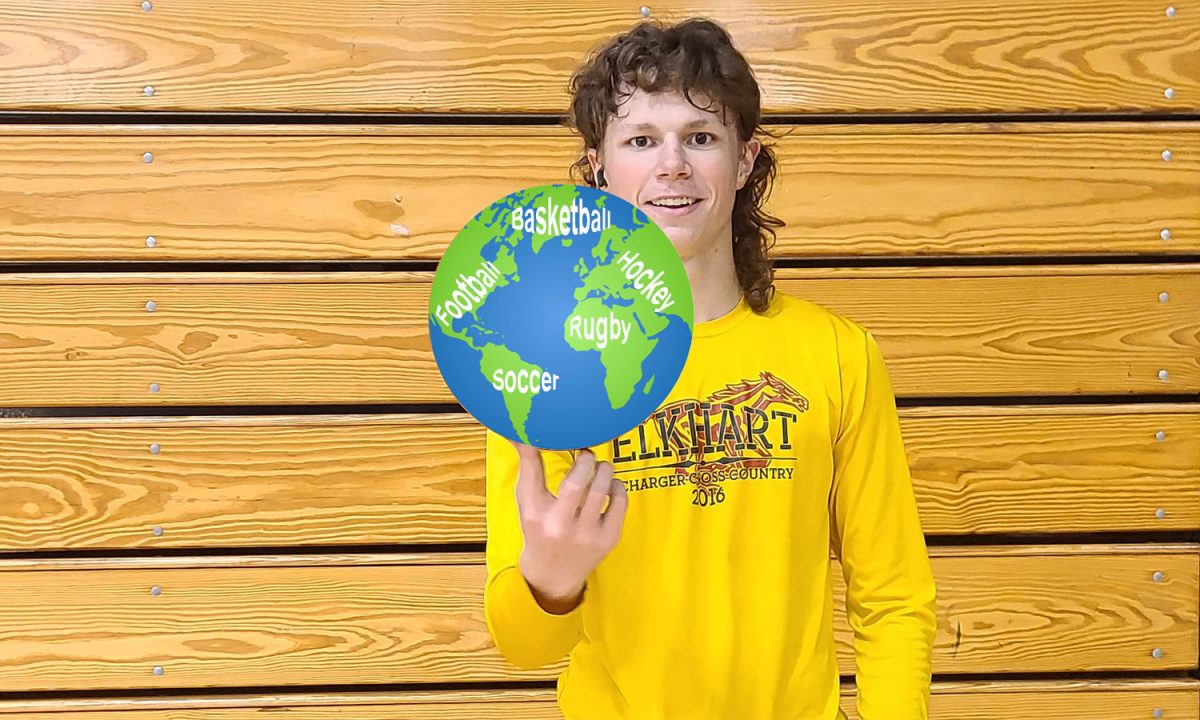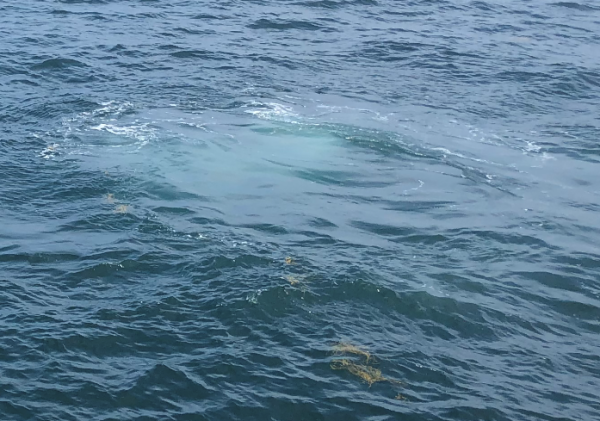
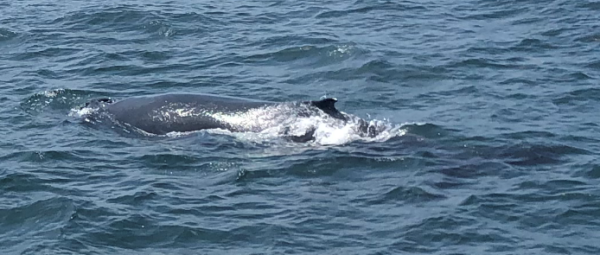
 Tylar Morano, a naturalist working for Captain John’s Whale Watching Company, ventures off the coast of Cape Cod on a daily basis. Based in Plymouth, MA, Morano, as well as the other workers on staff, take their guests on voyages into the open ocean of Stellwagen Bank Sanctuary to observe all kinds of marine life.
Tylar Morano, a naturalist working for Captain John’s Whale Watching Company, ventures off the coast of Cape Cod on a daily basis. Based in Plymouth, MA, Morano, as well as the other workers on staff, take their guests on voyages into the open ocean of Stellwagen Bank Sanctuary to observe all kinds of marine life.
On these journeys, guests have the opportunity to see various types of whales. For example, Morano notes that during the summertime, visitors can see “finback whales, minke whales, and humpback whales”–all of which are classified as “baleen” (meaning that they are toothless.) He also explained that visitors can see “sei whales and right whales” in the springtime and colder months.
Being able to see a right whale is an exceptionally rare and intimate experience for viewers because there are so few of them left in existence. Morano mentioned, “The right whales are critically endangered right now and there are only 340 of them left in the whole world.” So many people can expect to leave these watches with incomparable memories and a deeper appreciation of the creatures that inhabit them.
Seeing such a wide selection of whales in one, singular area is something unique to Stellwagen Bank. Many whales migrate to the sanctuary after giving birth to their calves in the Caribbean Sea. They venture there because of the copious amount of food in the area so there is plenty for them and their children to feed on. Therefore, visitors can not only see many species of whales, but also a big mixture of whale behaviors.
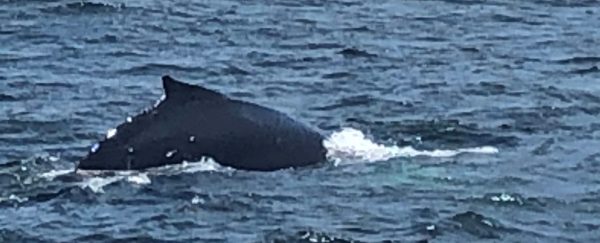 Morano has been on dozens of whale-watching expeditions for his job, and he has been able to witness many different behaviors, but he also mentioned something a bit baffling to the average person: “…because of whales’ elusiveness–we don’t really know anything about whale behavior. So, behaviors like breaching, flipper slapping, and tail lobbing have no real explanation yet. Nobody has ever actually seen a whale breed before; it’s never been reported or observed. So there’s a lot of unknown information out there about these animals.” As people keep observing these behaviors, hopefully one day the scientific community will be able to get a better understanding of why these animals act the way they do.
Morano has been on dozens of whale-watching expeditions for his job, and he has been able to witness many different behaviors, but he also mentioned something a bit baffling to the average person: “…because of whales’ elusiveness–we don’t really know anything about whale behavior. So, behaviors like breaching, flipper slapping, and tail lobbing have no real explanation yet. Nobody has ever actually seen a whale breed before; it’s never been reported or observed. So there’s a lot of unknown information out there about these animals.” As people keep observing these behaviors, hopefully one day the scientific community will be able to get a better understanding of why these animals act the way they do.
Although whale-watching is the main draw for visitors, whales aren’t the only marine animals that people can see at the sanctuary. Morano explained that he has seen a wide variety of sea creatures. “We also have porpoises and dolphins out here. The most common dolphin we have is the North Atlantic white sided dolphin. We also see seals every now and then. Some of the native seals are harbor seals and gray seals. Other than that, there are fish, basking sharks, and great whites.”
Tragically, all of these animals are currently facing an abundance of dangers. Morano stated, “…most of these dangers are due to anthropogenic effects. Boat strikes and entanglement are some of the biggest ones over here at Stellwagen Bank.”
As much as there are people who want to help these creatures, there are just as many people who directly contribute to the problem. According to some research, as many as 20,000 whales are killed in boat strikes every year. What’s more, The Marine Mammal Center estimates that another “300,000 whales, dolphins and porpoises die every year from entanglement in ocean trash and fishing gear. And, for every entangled whale reported, approximately 10 more go unreported.”
In order to counteract this problem, there have been some regulations put into place. For example, Morano further explained that all boats in the area are required to follow a “10 Knot speed restriction when the critically endangered right whales are in town. If you go over that 10 knot restriction, you can get fined over 50,000 dollars.” He also stated that people aren’t permitted to “put out any lobster traps to limit entanglement.”
Even so, these regulations can only have so much impact and some people still don’t see the importance of following these rules- which can cause a devastating effect. For instance, Morano described a story that happened earlier this year: “Since the right whale population is monitored so close, we know that there were 12 calves this year. Very sadly, one of them was hit by a boat so hard that it’s spinal cord was completely severed.”
Still, there is hope. Being able to study, observe, and surround oneself with such mysterious and beautiful animals is truly a gift- and one that should not be taken for granted. That is why Morano always ends his whale-watches with a call to action. “No matter where you are in the country, it’s important for people to get involved in their communities with environmental activism, conservation, rehabilitation- really anything. It could be as simple as donating some money or volunteering some of your time- anything you can do to better the environment because it all helps us as a whole.”
Stellwagen Bank Sanctuary is truly a magnificent place. It is a thriving ecosystem filled to the brim with biodiversity and majestic marine life. Visitors to the area can see a multitude of whales as well as fish, sharks, dolphins, and porpoises. While these animals may be protected in sanctuaries like Stellwagen, they are still facing critical threats to their lives and well-being. That is why naturalists like Tylar Morano as well as environmentalists and scientists alike are urging others to get involved and raise awareness about the importance of protecting these amiable creatures.
The Importance of Whales for Carbon Capture
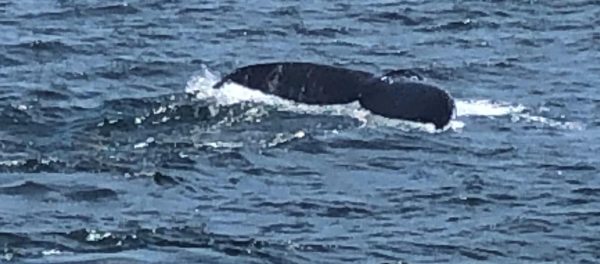 In July of 2023, NASA reported that global temperatures reached an all-time high.
In July of 2023, NASA reported that global temperatures reached an all-time high.
Within the last hundred years, humans have had a drastic impact on the carbon cycle. After years of deforestation and combustion of fossil fuels, there has been an overly-excessive influx of carbon emptying into the atmosphere, causing processes like global warming and ocean acidification to speed up.
Eric Jantzen, a biology and environmental science teacher at Elkhart High School, expressed his thoughts: “We’ve stepped in [by] taking a process like fossil fuel [consumption] and we have speed it up immensely. Fossil fuels were buried hundreds of millions of years ago and it should take another hundreds of millions of years until they are exposed again to release their carbon. But, what we’ve done is that we’ve gone and dug all of those [fossil fuels] up in the past 200 years or so, and we’ve set fire to more than half of them.”
As Jantzen indicated, people have had a devastating impact on the environment by speeding up the carbon cycle and over-adding to the amount of carbon in the atmosphere. In fact, the NASA Earth Observatory stated, “Humans are currently emitting just under a billion tons of carbon into the atmosphere per year through land use changes.” Therefore, it’s become increasingly crucial for environmentalists and innovators to find new ways to fight climate change.
Interestingly, scientists have found that whale populations could aid in solving the carbon problem.
For instance, a report published by the International Monetary Fund states, “…each great whale sequesters 33 tons of CO2 on average, taking that carbon out of the atmosphere for centuries. A tree, meanwhile, absorbs only up to 48 pounds of CO2 a year.” Whales’ potential for carbon capture is extremely substantial. So much so, in fact, that protecting whales from anthropogenic (human-induced) threats may be more beneficial and financially astute than investing in other projects like planting trees.
Since whales are so big (weighing in at hundreds of tons), they can sequester a lot more carbon than other creatures. Furthermore, some species of whales can live up to 100 years old, meaning that they can not only capture a ton of carbon, but they can also do it for a long period of time. Moreover, even after they die, whale carcasses sink down to the bottom of the ocean and they can keep that absorbed carbon stored in their deceased bodies.
Tylar Morano, a naturalist working for Captain John’s Whale-Watching Company, also explained another interesting way that whales help with carbon capture. He explained that whales eat using a technique called a “whale pump.” Morano stated that when whales eat, they dive deep down into the ocean to eat their food and then come to the surface to release their excrement. This excrement is an extremely important fertilizer for the ocean.
Whale feces has essential nutrients that help phytoplankton and other tiny marine organisms grow. Like whales, phytoplankton are another important carbon sink. Jantzen clarified, “Phytoplankton are a critical carbon sink because they take carbon out of the ocean and the atmosphere through photosynthesis.”
Additionally, phytoplankton play a huge role in the ocean’s “biological pump.” The Woods Hole Oceanographic Institute expounded on this process: “Through photosynthesis these organisms transform inorganic carbon in the atmosphere and in seawater into organic compounds, making them an essential part of Earth’s carbon cycle. Because they take up carbon dioxide from the atmosphere, when they die, they sink and they carry this atmospheric carbon to the deep sea, making phytoplankton an important actor in the climate system.”
So, by protecting whales, people can save an important carbon sink, as well as reinforce vital phytoplankton growth.
Although the Earth’s temperature reached an all time high this year, it is not too late for people to reverse the “mess” they’ve created in order to save the planet, the oceans, and its inhabitants. There are big efforts (like saving whales) and there are small efforts (like walking instead of driving) but, when all is said and done, making any sort of effort is what really makes a difference.










